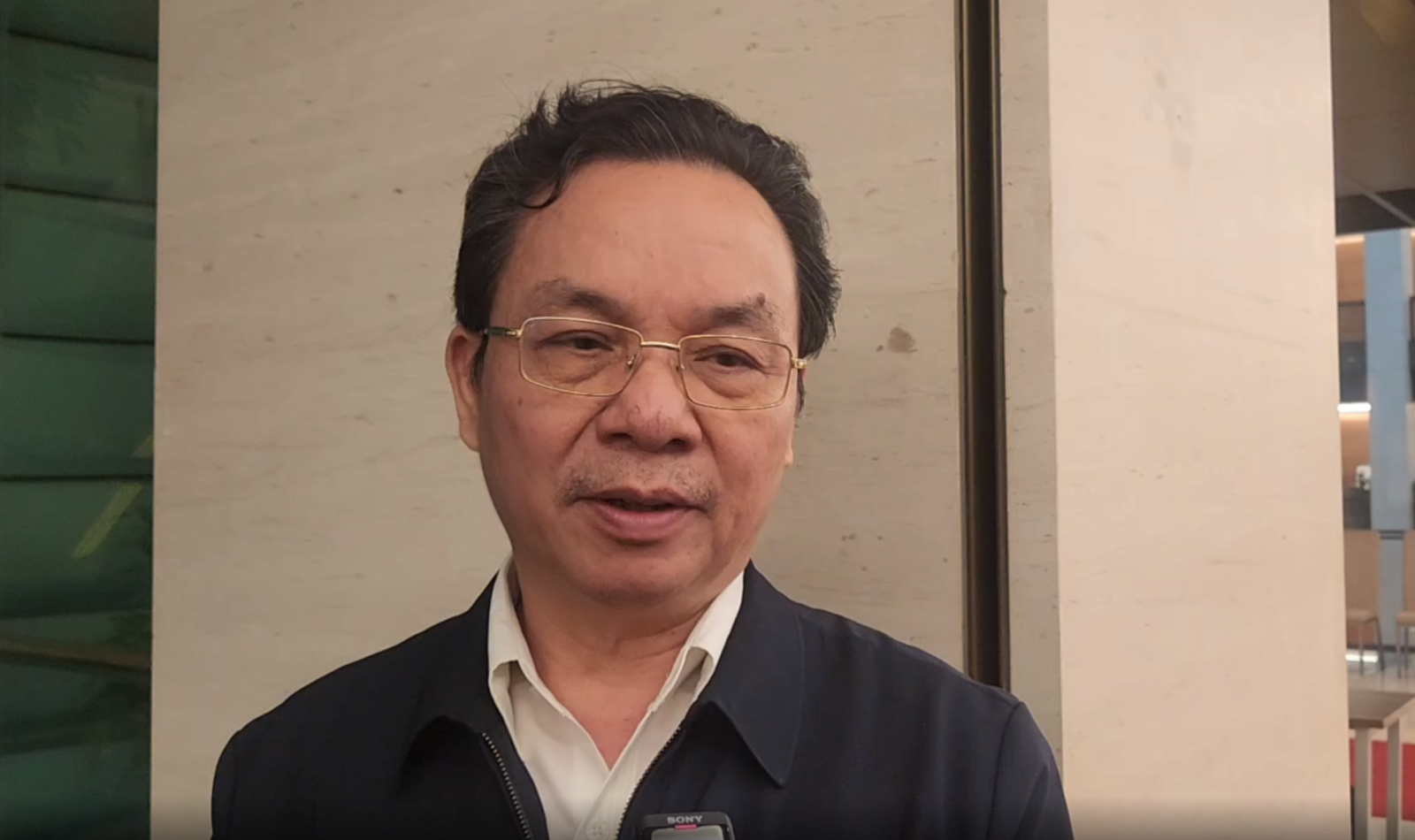
On October 28, the National Assembly discussed in the hall the Report of the Supervisory Delegation and the draft Resolution of the National Assembly on the results of the thematic supervision of "Implementation of policies and laws on environmental protection since the Law on Environmental Protection 2020 took effect".
On the sidelines of the National Assembly, Delegate Hoang Van Cuong, Hanoi City, said that environmental impacts are always present in the planning section. Because solving environmental problems is not a single sector, but a multi-sector one, the overall impact of many factors. When investing in a project, or building a development planning plan for a region, area, or country, we must take into account environmental impacts, and must come up with issues of environmental adaptation, and how the impacts will change, in order to evaluate and anticipate. Therefore, many developing regions have very long-term plans.
Delegate Hoang Van Cuong gave a typical example of Hanoi's Red River planning. "The Red River area has great potential, but it has not been built for many years because it is necessary to have construction plans to adapt to floods, which may only occur once every 500 years. Therefore, the Red River planning is not simply about building houses, but must build structures so that when floods occur, water can still flow. It is expected that the structures on it can be cultural, sports , commercial, service, and tourism activities, both meeting the requirements of development adaptation plans and meeting the requirements of environmental impacts. Especially adapting to extreme situations. For example, with flood forecasts on the Red River, it is necessary to have a 500-year vision," said Delegate Hoang Van Cuong.
Affirming that the environment is essential infrastructure for development, Delegate Nguyen Ngoc Son (Hai Phong City) suggested that the Government continue to send a strong message to the new term: Do not trade the environment for development at all costs.
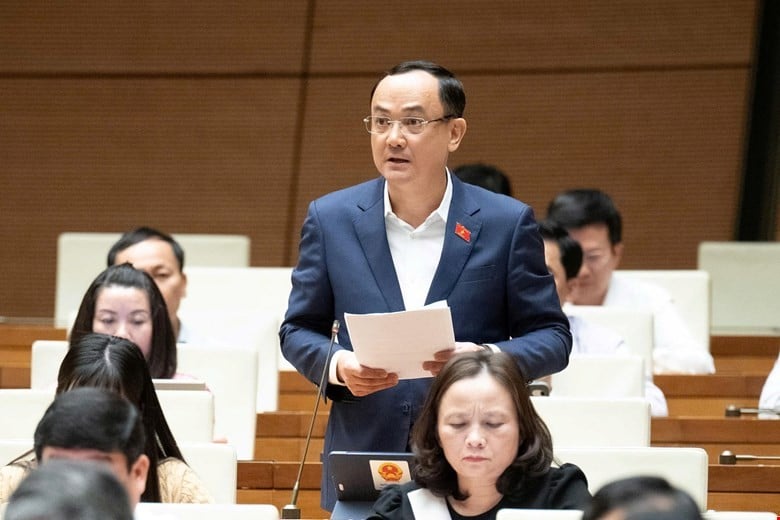
According to Delegate Nguyen Ngoc Son: "The environment determines sustainability, not growth rate. A country can increase its GDP rapidly in 5-10 years, but if it is accompanied by declining air quality, river and lake pollution, deforestation, land degradation; skyrocketing medical costs, natural disasters, loss of biodiversity... then the price to pay will completely eliminate the growth achievements and push society into a spiral of "developing then destroying, then putting out the fire".
In addition, the environment is the foundation for attracting high-quality investment that does not cause long-term destruction. High-tech corporations and international supply chains all require ESG standards - environment - climate - emissions. If the environment is weak, Vietnam will be eliminated from the global green supply chain. On the contrary, a green economy with a good living environment will be a "competitive advantage in the new era".
Delegate Nguyen Ngoc Son said that currently, the environment has not received adequate investment. The budget expenditure ratio for environmental causes is low, only ~0.7% of the state budget, many localities below 0.3%, not enough to spend on monitoring, waste treatment, communication, inspection, lack of public investment policies for inter-regional waste treatment infrastructure, automatic monitoring, environmental warning systems. Another reality pointed out by the delegate is that high-quality FDI investment only comes to places with clear environmental standards. Apple, Samsung, Lego, Nike, Panasonic... all put ESG and carbon emissions as prerequisites. The LEGO project (capital of 1 billion USD in the old Binh Duong, now Ho Chi Minh City) only invested because of the commitment to "100% renewable electricity and water circulation system".
Without clear and consistent environmental standards, Vietnam will be excluded from the global green supply chain, even with cheap labor. Therefore, a transparent environment is an “institutional infrastructure” that attracts investment, not a cost barrier. The environment itself is the driving force for innovation and domestic technology enterprises. We do not wait for technology to protect the environment, but the environment itself will create demand for technology.
Source: https://baotintuc.vn/thoi-su/ben-le-quoc-hoi-quy-haach-co-tam-nhin-lau-dai-de-ung-pho-voi-tinh-huong-cuc-doan-20251028194147125.htm


![[Photo] Draft documents of the 14th Party Congress reach people at the Commune Cultural Post Offices](https://vphoto.vietnam.vn/thumb/1200x675/vietnam/resource/IMAGE/2025/10/28/1761642182616_du-thao-tai-tinh-hung-yen-4070-5235-jpg.webp)
![[Photo] Flooding on the right side of the gate, entrance to Hue Citadel](https://vphoto.vietnam.vn/thumb/1200x675/vietnam/resource/IMAGE/2025/10/28/1761660788143_ndo_br_gen-h-z7165069467254-74c71c36d0cb396744b678cec80552f0-2-jpg.webp)
![[Photo] National Assembly Chairman Tran Thanh Man received a delegation of the Social Democratic Party of Germany](https://vphoto.vietnam.vn/thumb/1200x675/vietnam/resource/IMAGE/2025/10/28/1761652150406_ndo_br_cover-3345-jpg.webp)



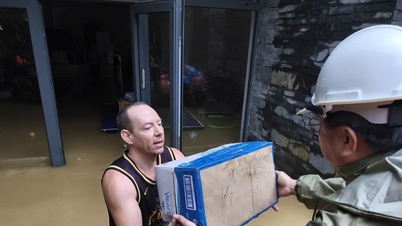

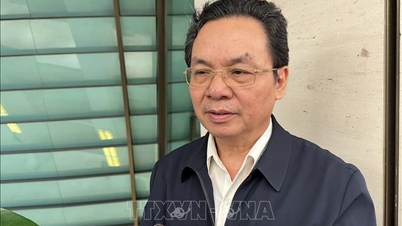
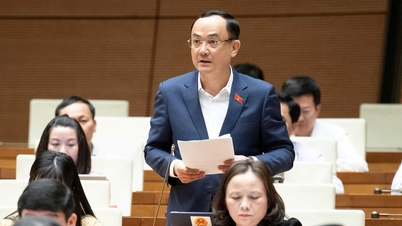



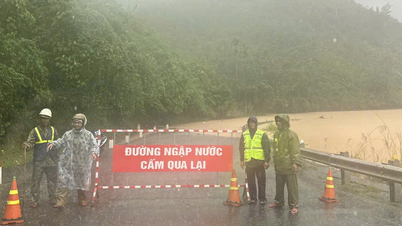

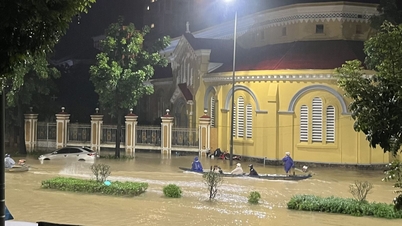


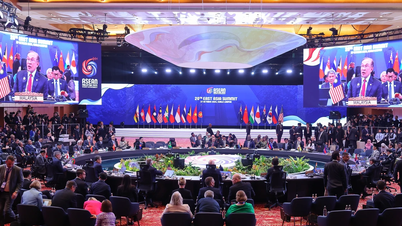



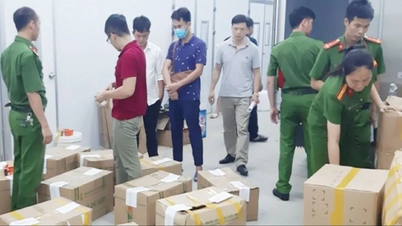

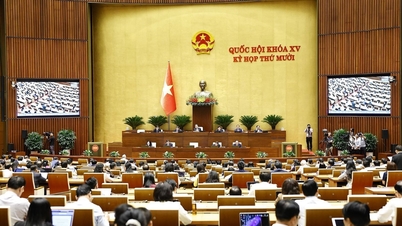




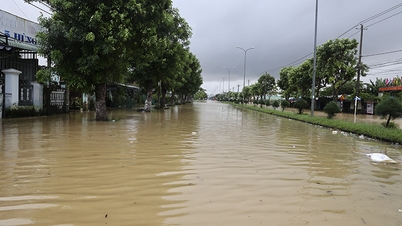


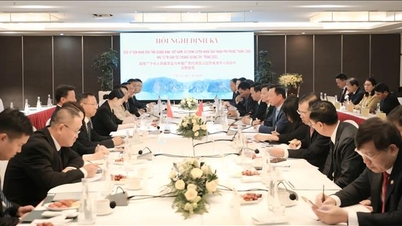

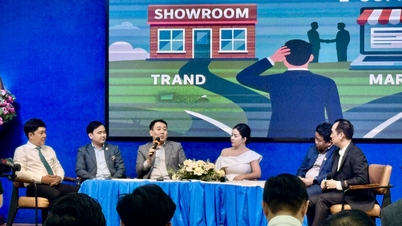
![[Photo] President Luong Cuong attends the 80th Anniversary of the Traditional Day of the Armed Forces of Military Region 3](https://vphoto.vietnam.vn/thumb/1200x675/vietnam/resource/IMAGE/2025/10/28/1761635584312_ndo_br_1-jpg.webp)


































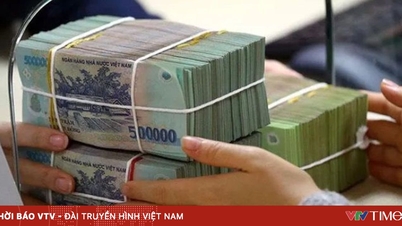

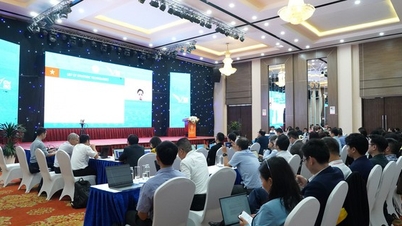

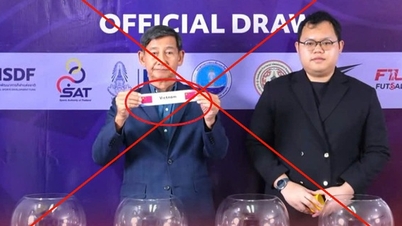

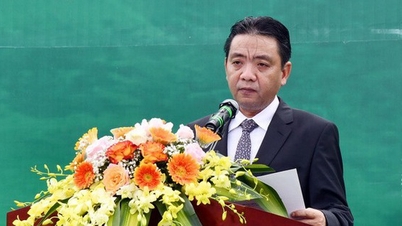
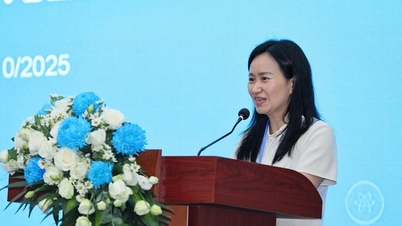
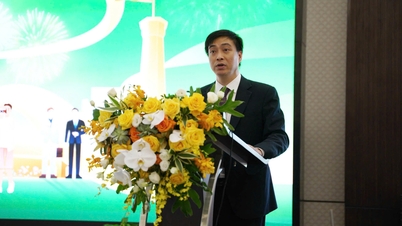


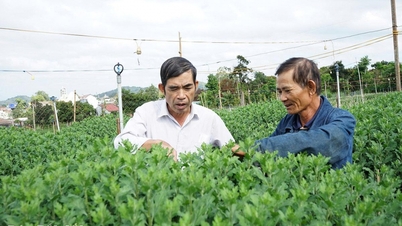

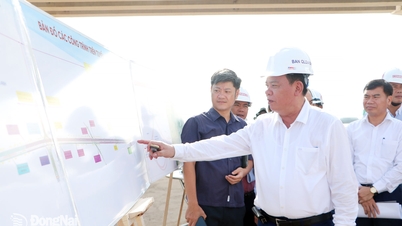

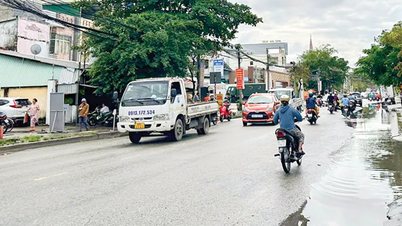


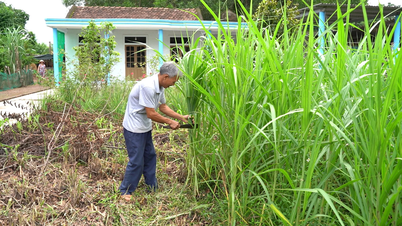

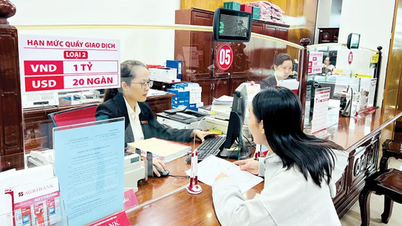
















Comment (0)